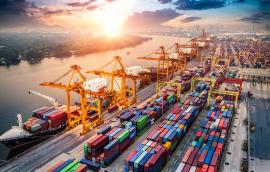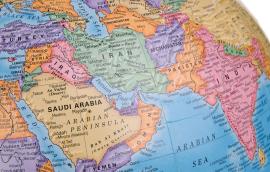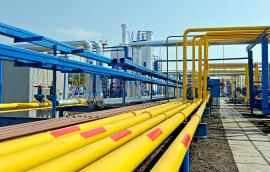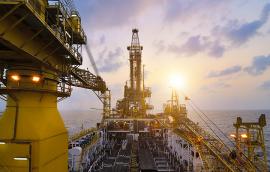Accountability, Transparency, and Responsibility Within the Scope of the Energy Reform in Mexico
This paper explores the constitutional and legal standards regarding oversight systems related to accountability, transparency and responsibility within the scope of the energy reform in Mexico. It analyzes these regulatory structures and assesses whether the procedures satisfy the constitutional principles that the energy reform establishes for the petroleum sector. It also identifies challenges and opportunities for improvement presented by the legislation.
Ana Elena Fierro February 7, 2017








